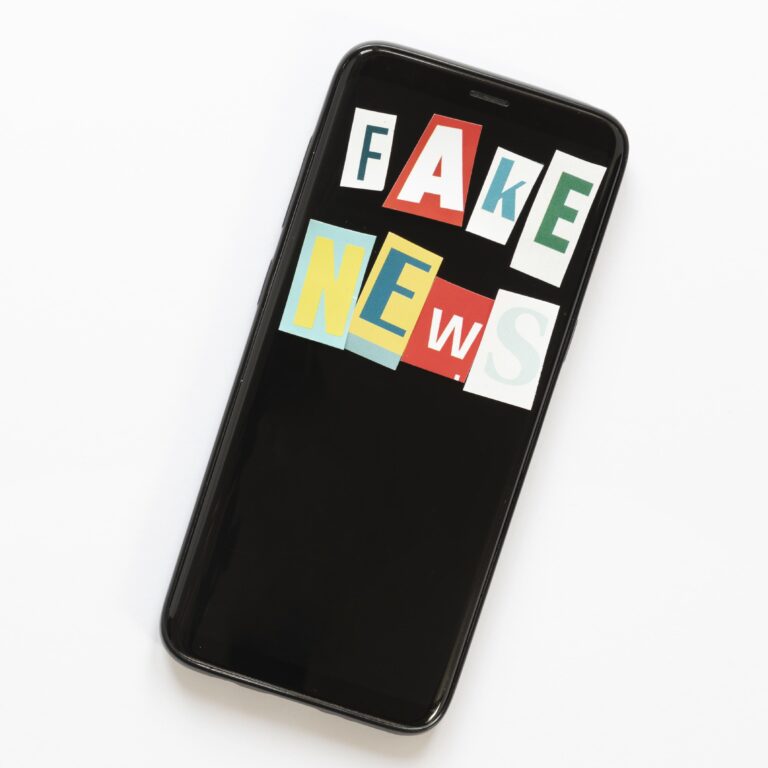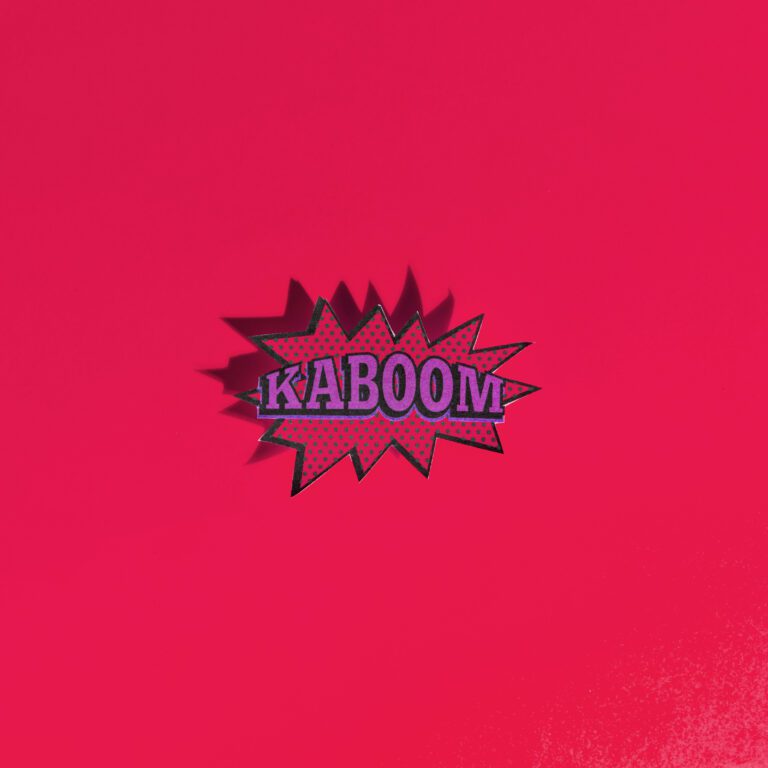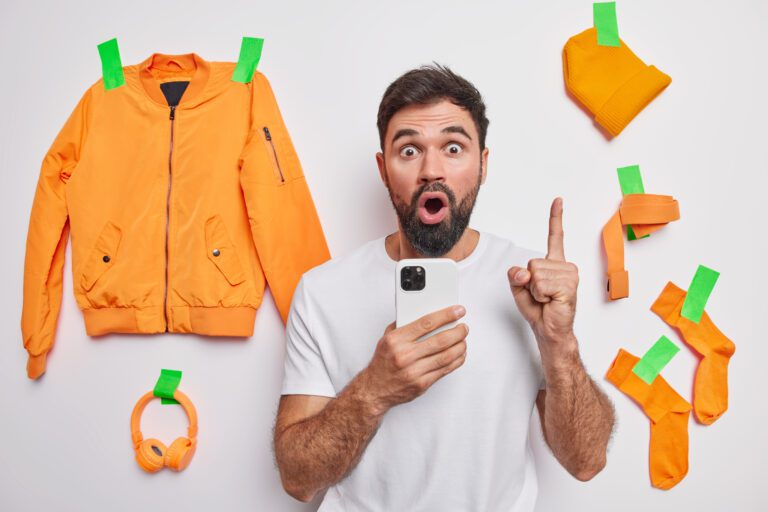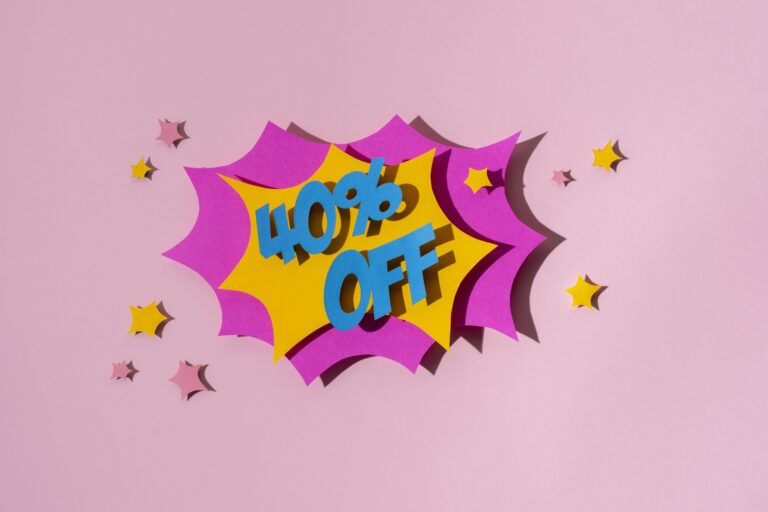How to Increase Sales in Retail Through Pricing Psychology and Discounts

I hope you enjoy this blog post. If you want Hello Bar to grow your leads, click here.
Author:
Mansi
Published
August 20, 2025

Table of Contents
Retail is simple on the surface: buy products, put them on shelves, and hope customers pay. But every retailer knows it’s not that simple. Customers don’t just buy products. They buy feelings, comparisons, and small triggers they don’t even notice. Pricing is a big part of that. Discounts are another. Together, they can decide whether a customer buys now, waits, or walks away.
So let’s talk about how to increase sales in retail using pricing psychology and discounts. Not in vague theory, but in real, practical steps that actually work in stores.
1. The power of “9” pricing
One of the oldest tricks in the book is ending prices with .99 or .95. A shirt at $19.99 feels cheaper than one at $20, even though the difference is just a penny. Why? Because people read numbers from left to right. They anchor on the first digit. $19.99 feels like it’s in the “teens” range, while $20 looks like it jumped to the next bracket.
It’s small, but it works. Many retailers still rely on this simple tactic to push higher volume. If you’re wondering how to increase sales in retail, start by checking your price tags. Sometimes shaving a few cents changes the perception without touching your margins too much.
2. Anchoring high to sell in the middle
Customers rarely know what something “should” cost. They figure it out by comparing. That’s why anchoring works. If you put a high-priced item on display next to mid-range items, the mid-range feels like a deal.
Think of wine at a restaurant. The $100 bottle makes the $40 bottle look reasonable, even though the customer may have only planned to spend $25. Retail stores can do the same. Have a premium, high-priced option visible, even if you don’t expect it to sell much. Its job is to make everything else look fairly priced.
If you’re asking how to increase sales in retail, anchoring is a way to guide customers into the price zone you want.
3. Quantity discounts that feel urgent
“Buy two, get one free” or “3 for $10” sounds like a better deal than just marking each item down by 10%. Customers feel they’re getting something extra. It’s not just about saving money. It’s about getting more for the same effort.
This works especially well for consumables: snacks, toiletries, or seasonal items. The extra quantity gets people to buy more than they planned. If you’re trying to figure out how to increase sales in retail, quantity deals help push higher basket sizes without hurting margins too much.
4. The decoy effect
Here’s a classic: offer three versions of a product. One cheap, one mid-range, one expensive. Often the expensive one makes the mid-range one look like the smart choice.
For example, a small popcorn at $4, a medium at $6.50, and a large at $7. Most people go for the large because it feels like better value compared to the medium. The medium is the “decoy” that nudges customers toward the higher-priced option.
Retailers can set up product lines in the same way. If you’re working on how to increase sales in retail, structure your price tiers so customers land where you want them.
5. Discount framing
A 20% discount sounds different from “Save $10,” even if the math is the same. Which works better depends on the price point. For lower-cost items, a dollar amount feels more tangible. For higher-cost items, percentages sound bigger.
Retailers can test this. If you’re promoting a $30 product, “Save $5” might pull more buyers than “15% off.” If the product is $500, “15% off” looks like a serious deal. Getting the framing right is a small detail, but small details add up when you’re figuring out how to increase sales in retail.
6. Limited-time offers

Scarcity changes behavior. When customers believe a discount is ending soon, they stop overthinking and act. That’s why flash sales, weekend-only deals, or end-of-season markdowns work.
The trick is to make the limit clear and believable. If every week you run the same “limited-time” offer, people stop trusting it. But done carefully, these short windows create urgency.
If you’re looking at how to increase sales in retail, controlled scarcity is one of the strongest levers. It forces customers off the fence.
7. Using popups for price-sensitive shoppers
Not all customers buy right away. Some hesitate. Online, you see this when someone adds something to the cart but doesn’t check out. In physical stores, you can’t always spot it. But online, you can act on it.
Exit-intent popups, for example, can trigger a discount when a shopper moves to close the tab. Something like “Wait—take 10% off today only” often brings people back. Popups can also offer bundles or free shipping if the cart hits a certain amount.
For anyone asking how to increase sales in retail online, targeted popups are a solid way to nudge indecisive buyers into action without cheapening your entire store with permanent discounts.
Also read our guide on 1000+ Power Words List to Insanely Boost Conversions and Sales
8. Loyalty discounts without calling them discounts
Not every price cut has to look like a public sale. Loyalty programs are a way to reward regulars without slashing prices for everyone. Give members early access to sales or “exclusive” discounts only visible when they log in.
It feels personal, and it makes people want to come back. The math is simple: repeat customers spend more over time. If you’re working through how to increase sales in retail, loyalty-based pricing gives you a way to offer value while keeping your standard prices steady for everyone else.
9. Free add-ons instead of cutting price
Sometimes lowering the sticker price hurts more than it helps. Instead, try adding value. A free tote bag with purchase, or a small sample thrown in, feels like a bonus.
The psychology is simple: people love “free” more than “cheap.” Free feels like a win. Discounts sometimes feel like a trick.
If your margins are tight, freebies can do the job. It’s another approach to how to increase sales in retail without touching your core pricing too much.
10. Seasonal price cycles
People expect discounts at certain times—Black Friday, end-of-season, or holiday sales. If you skip them, customers may hold off buying, waiting for the markdown. But if you plan ahead, you can ride these cycles to your advantage.
Mark down seasonal stock before it clogs your shelves. Push volume during holiday rushes with clear price drops. Use signage that makes the deal obvious. Customers like feeling that timing their purchase was smart.
If you’re serious about how to increase sales in retail, align your pricing calendar with customer expectations. Don’t fight the seasonality—use it.
Final thought
Pricing psychology isn’t about tricks. It’s about making choices easy for customers. If you respect that balance, you’ll see the difference in sales.






